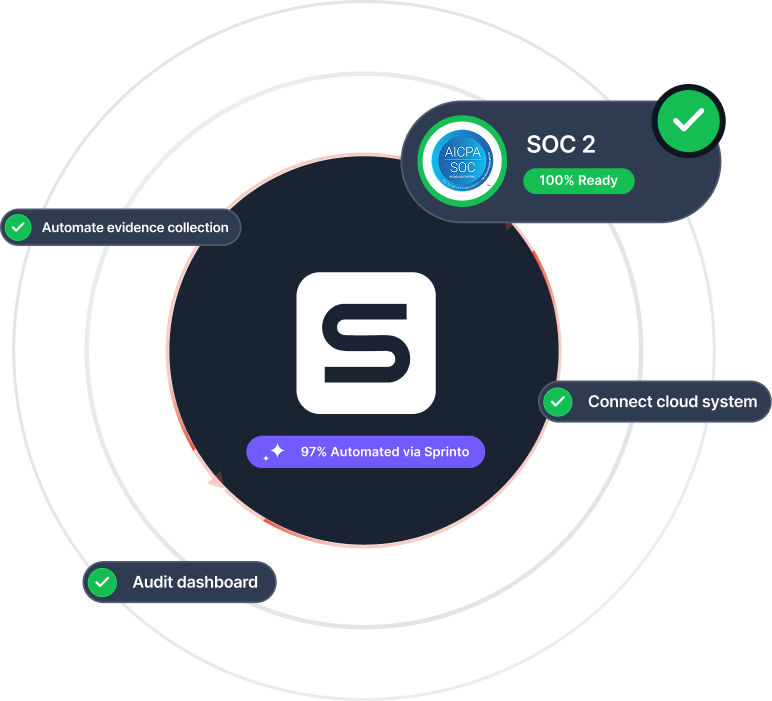Risk Scoring Overview
An Overview of Risk Management
Understanding Different Types of Risks
Risk Analysis Overview
Risk Scoring Overview
Risk Matrix Overview
Steps in Assessing Risks
Strategies for Risk Management
Frameworks in Risk Management
Steps in Risk Reporting
Advantages of Risk Management
What Makes Risk Management Ineffective
Third-Party Risks Explained
What Does Due Diligence Mean
TPRM (Third-Party Risk Management) Overview
Vendor Management Overview
Business Continuity Through Incident Management
Risk scoring assigns numerical or tiered values to risks based on their likelihood and impact. It allows you to:
Scores can be binary (high/med/low), scaled (1–5 or 1–10), or weighted by business value. The key is consistency in how you score and act on the data.
- Prioritize mitigation
- Track changes over time
- Drive focused reporting
Scores can be binary (high/med/low), scaled (1–5 or 1–10), or weighted by business value. The key is consistency in how you score and act on the data.
Risk Quantification: Understanding Key Elements, Models, & Challenges
Sprinto, your ally in all things compliance, risk, and governance.


